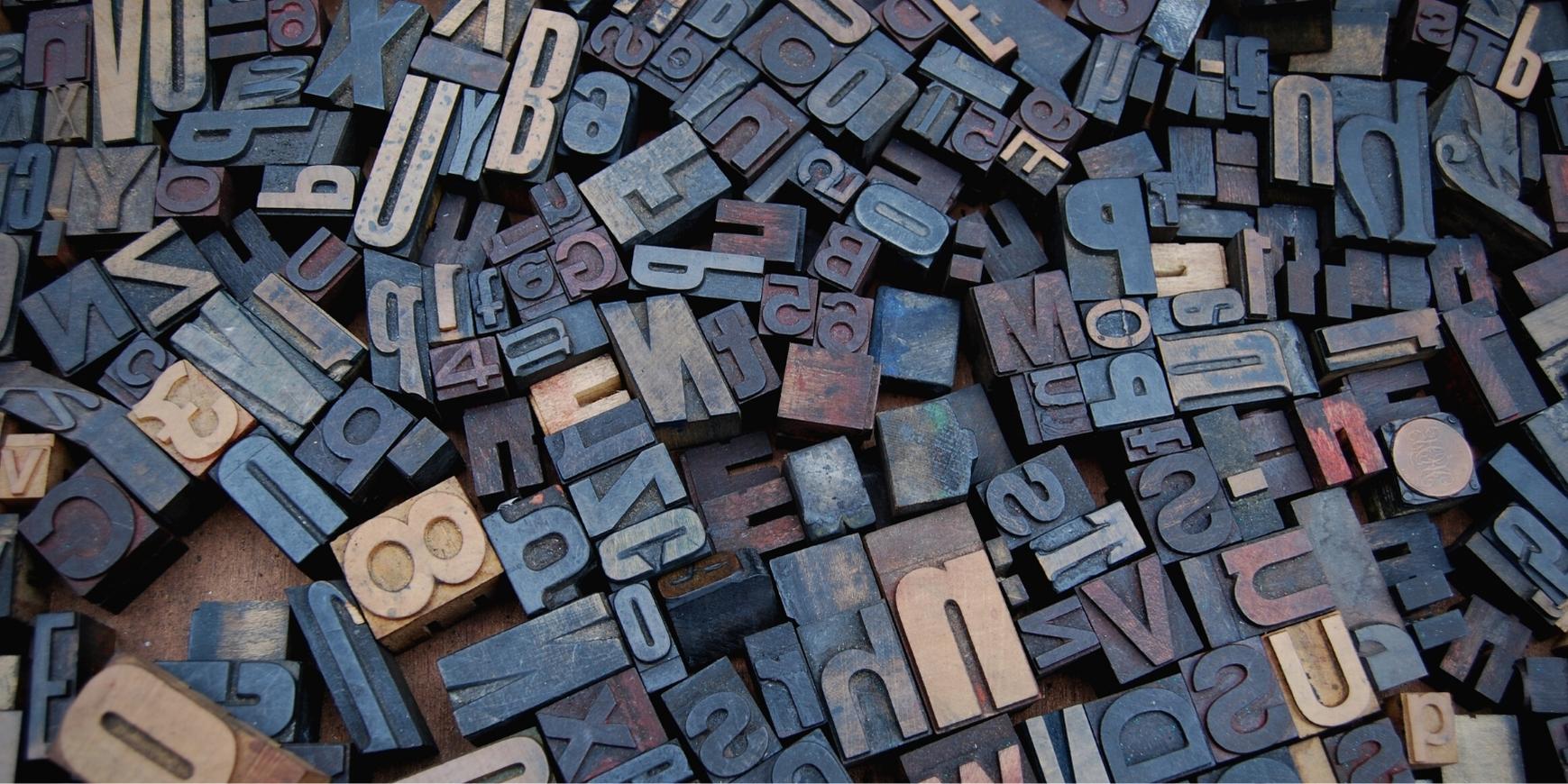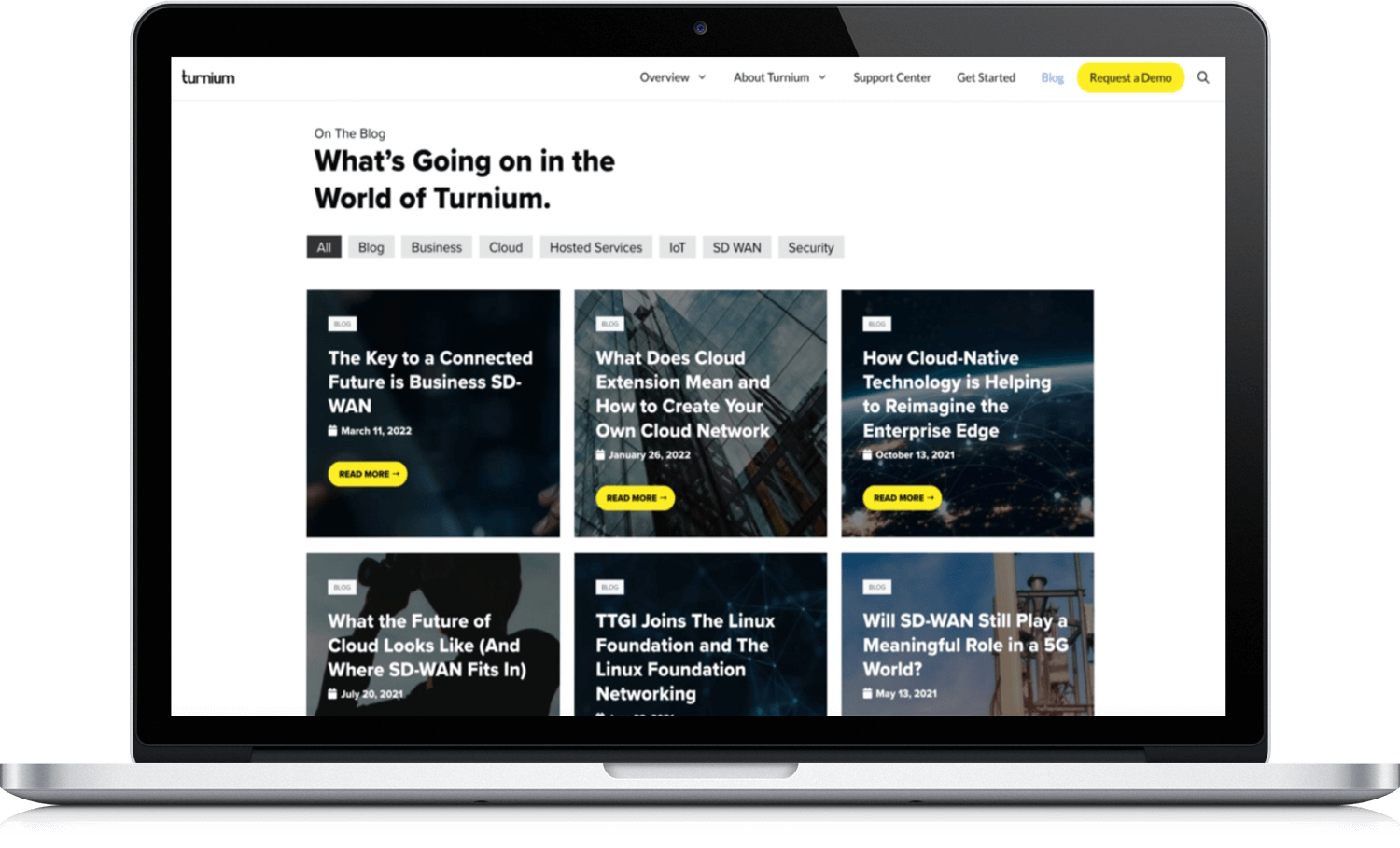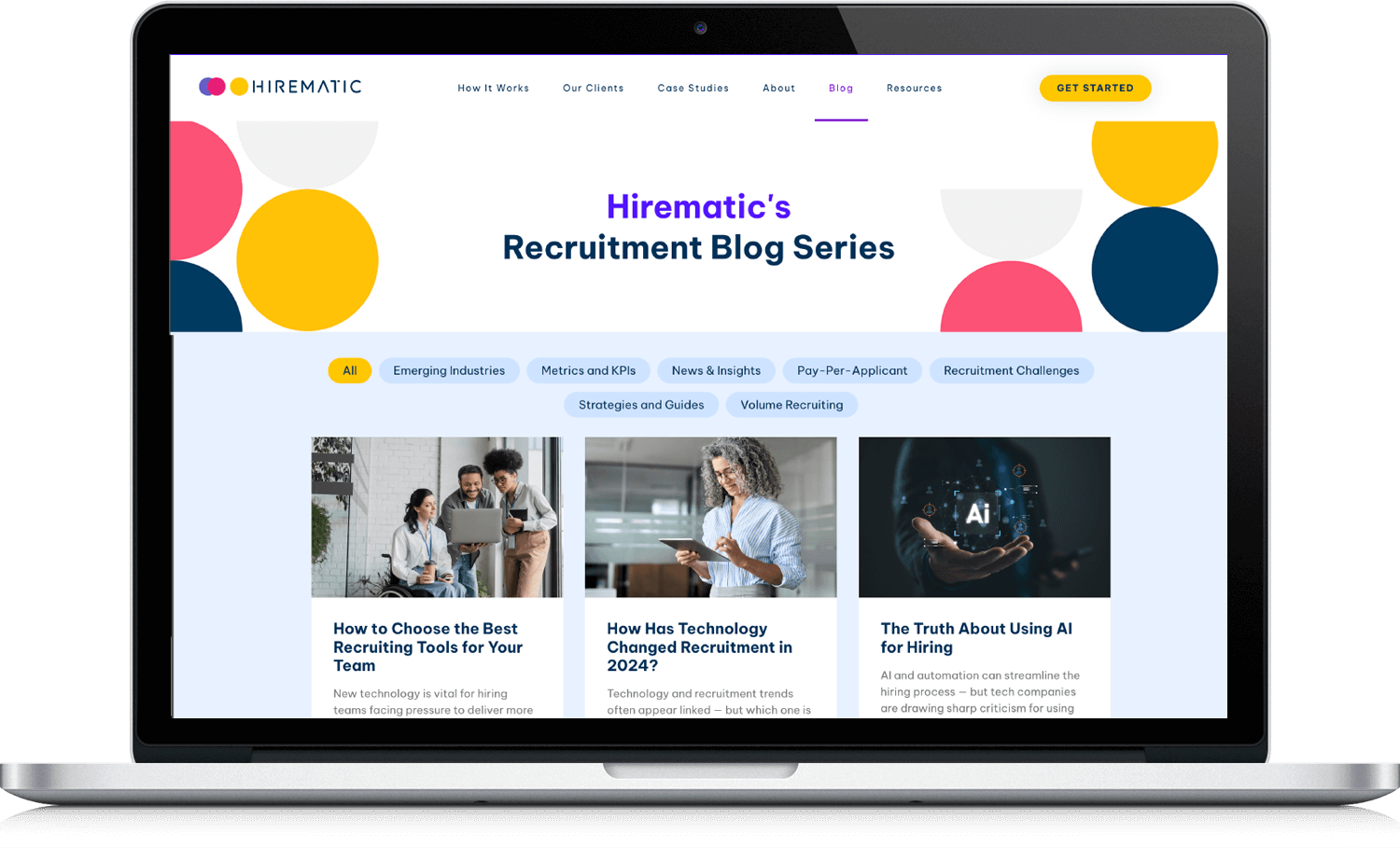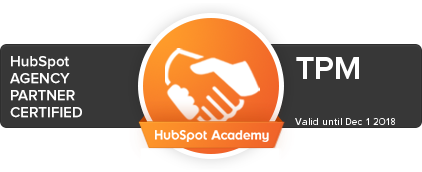What Is Sales Enablement Content? (Examples And Best Practices Inside!)
- Andrew Kita
Table of Contents
Content plays a critical role in your sales enablement strategy. From training materials and templates for your sales team to resources that help answer buyers’ questions and assuage their concerns throughout the sales process, building a library of effective sales enablement materials can mean the difference between a mountain of successful conversions or a pile of dropped leads.
But what is sales enablement content?
In short, it’s any piece of content that helps your sales team attract and engage buyers, address their concerns, handle their objections, and, ultimately, close deals.
How is that different from marketing content?
In a lot of cases, it isn’t. The differences can be hard to define since many sales enablement assets also serve as buyer-facing content in marketing and lead-generation programs. But even when there is overlap, it’s essential to understand the role of different types of sales content in your sales enablement strategy — this can help you identify gaps in your sales enablement assets (see the content mapping section further down) and ensure you’re using the content you have to maximum effect. In this blog post, we’ll discuss the differences between sales and marketing content and the various sales enablement content types. We’ll also throw in some examples of sales content we’ve created for clients — so you know exactly what great sales enablement assets look like!
Sales Enablement FTW!
Sales professionals who incorporate sales enablement content into their approach are 58% more likely to exceed their targets.
Sales Content vs. Marketing Content
Both marketing and sales enablement teams focus on content creation and management. The major difference is their primary audience.
Marketing
- Creates and manages buyer-facing content (ebooks, blog posts, product marketing materials, etc.)
- Sets and maintains consistent brand and messaging standards across all content
- Ensures salespeople have the content and templates they need to effectively engage with customers
Sales Enablement
- Creates sales-facing content (sales playbooks, competitive battlecards, email templates, call scripts, etc.)
- Manages marketing-created content for salespeople to share with buyers
- Ensures salespeople have the guidance and training they need to effectively use marketing assets to engage with customers
Types of Sales Enablement Content
It can be frustrating when you’ve put a lot of work into lead generation only to see your pipeline stall because your sales team isn’t able to add value to the buying process. Sales enablement content can help address this in two ways.
1. Buyer-Facing Sales Enablement Content
Buyer-facing sales content adds value for buyers by answering questions at key stages of the customer journey. More and more of the buying process occurs online — and independently of salespeople. Today’s buyer wants to engage with content throughout the sales process to help them navigate each stage. This type of sales enablement content is usually targeted at specific personas your sales team will encounter during the sales process.
What Does Buyer-Facing Sales Content Look Like?
EXAMPLES BY TPM:
Ebooks, white papers, and webinars can address prospects’ needs by providing valuable information on industry trends, data, best practices, and technical solutions architectures.
Sales teams can leverage ungated versions of these in customer emails and follow-up conversations to add value to the sales process.
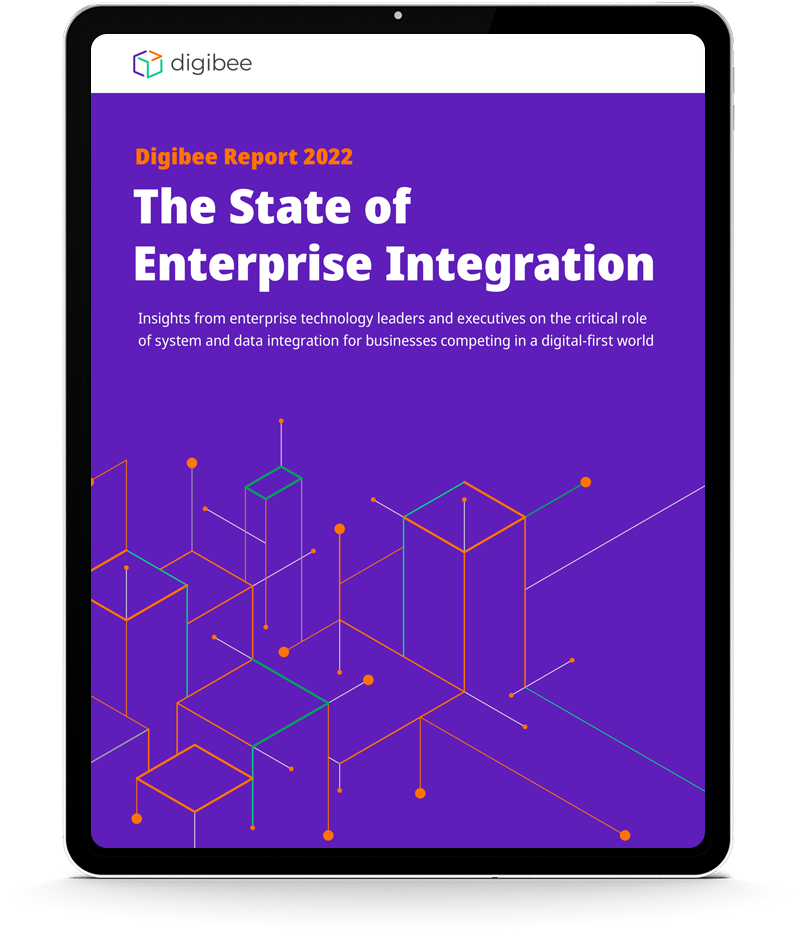
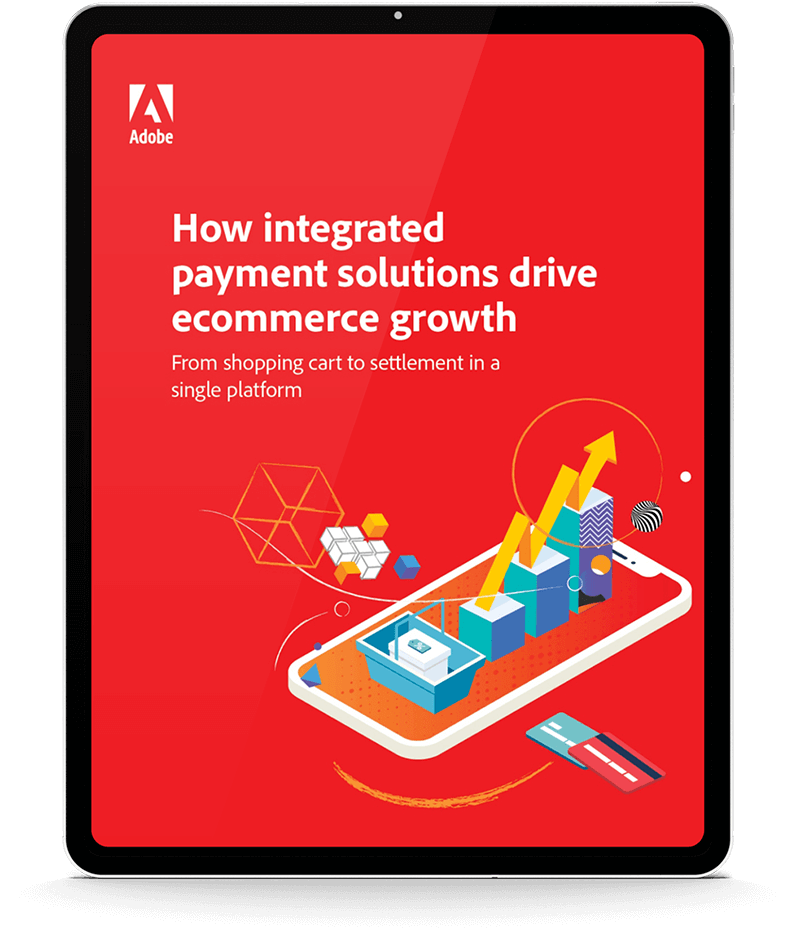
Blog posts, while typically used to attract top-of-funnel prospects, can be used by sales teams in the same way as ebooks and white papers — they are excellent conversation starters and provide a great reason for a sales rep to re-engage via email or phone.
Guides, checklists and infographics are great tools for a salesperson to use at the consideration stage of the buyer journey. Their visual nature and practical value can appeal to a wide range of prospects.
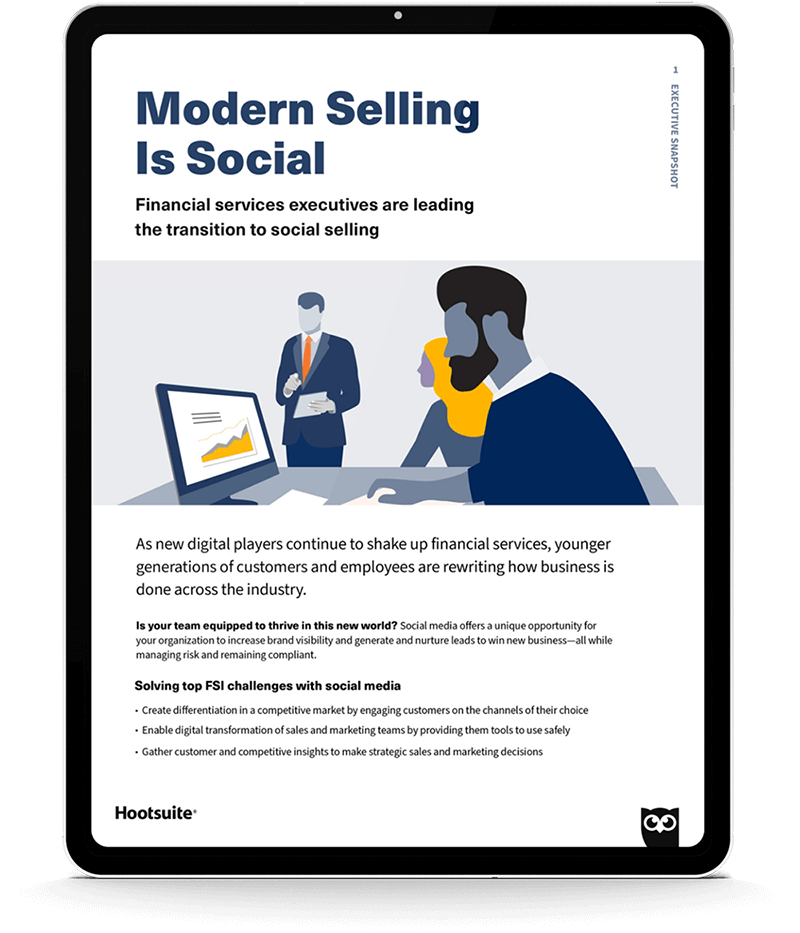
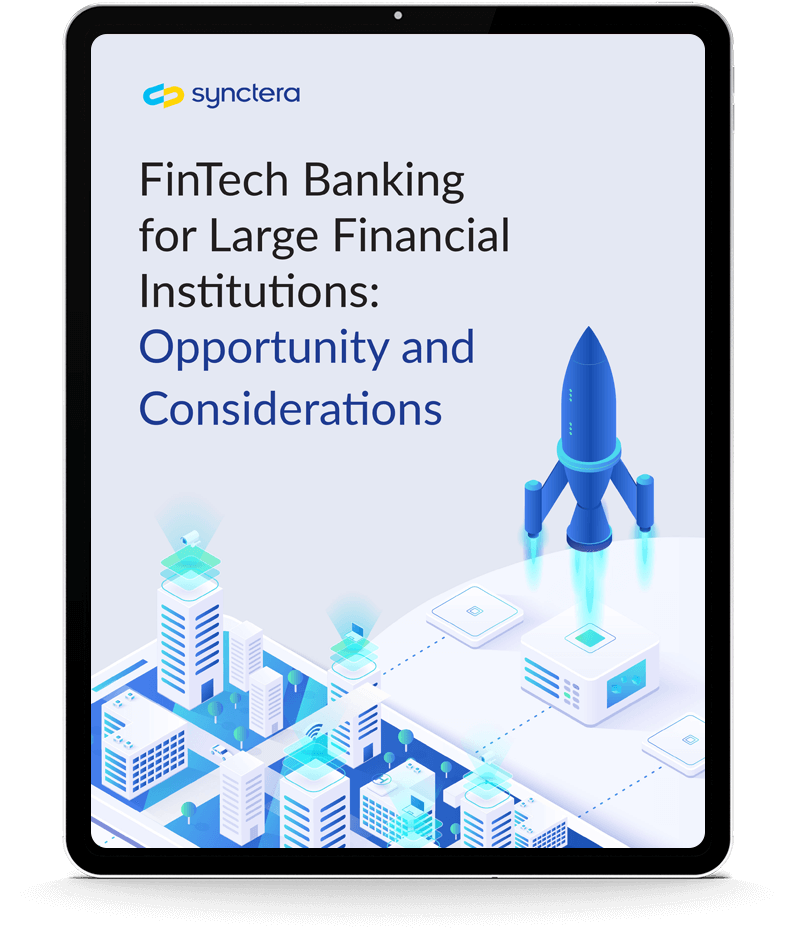
Synctera Fintech Opportunities Guide
Case studies and testimonials are among the most valuable tools in your sales team’s belt. Their value only increases if they focus on a specific use case, industry problem, or persona to ensure they resonate with leads.
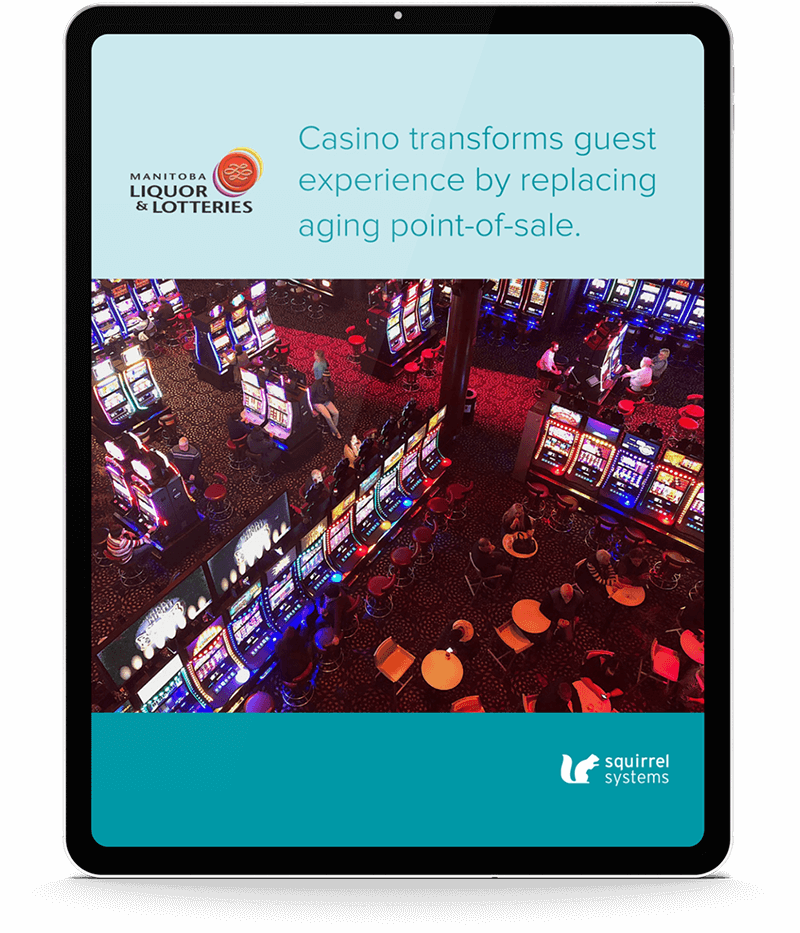
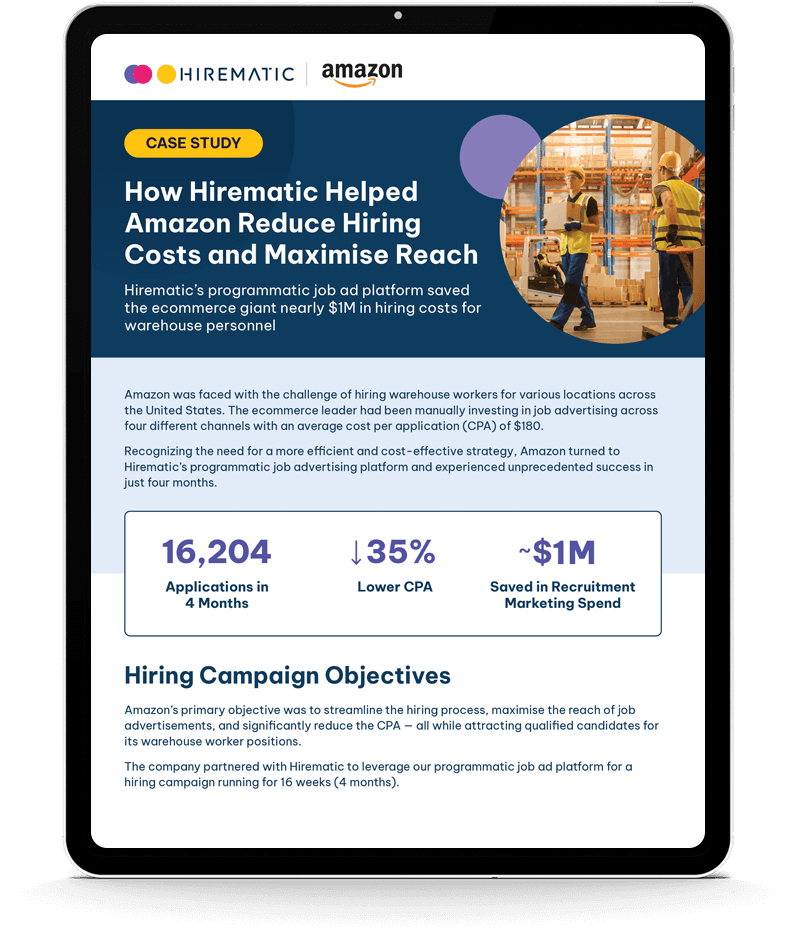
Hirematic: Amazon case study
Analyst reports are second only to customer case studies in providing validation to prospects. Reports from third-party experts and analysts can help salespeople position their solution as the best for buyers against a backdrop of industry trends.
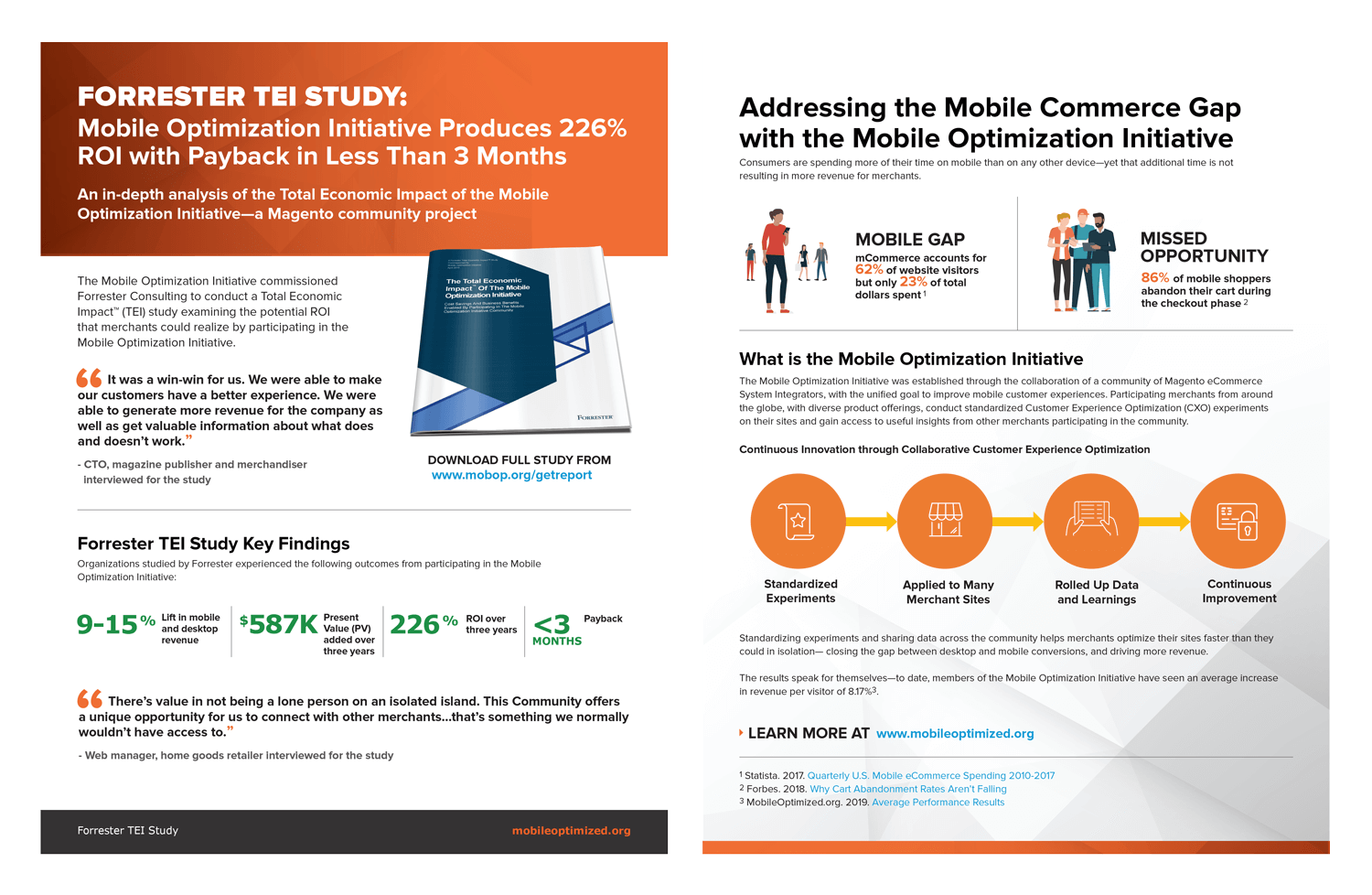
Adobe and Paypal Project: Forrester Total Economic Impact™ Study
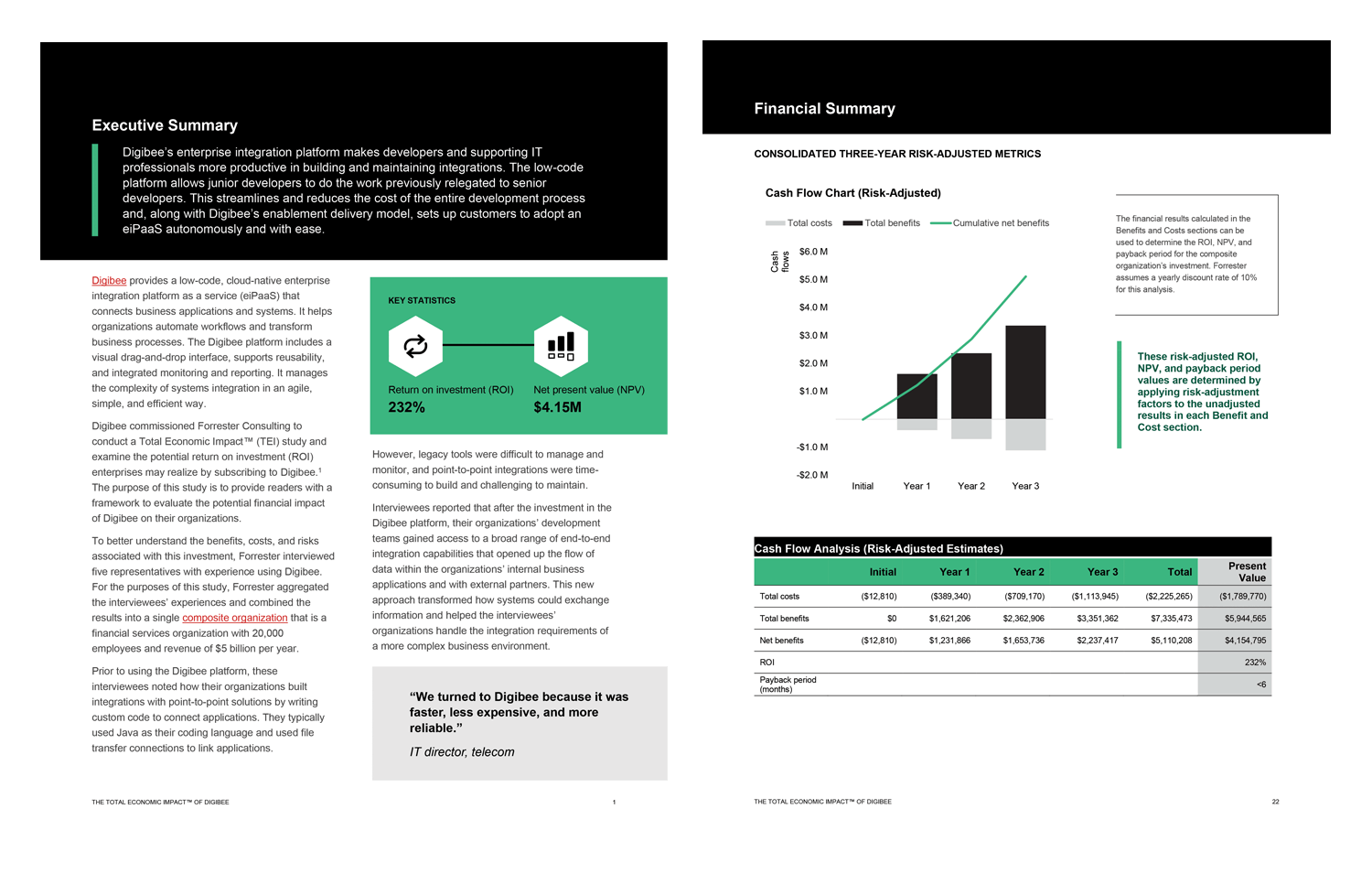
Digibee TEI Report
Product one-pagers can clearly articulate the benefits of a product or service to high-value prospects. They are ideal tools for sales teams in need of a quick knowledge boost or digestible information for decision-makers.
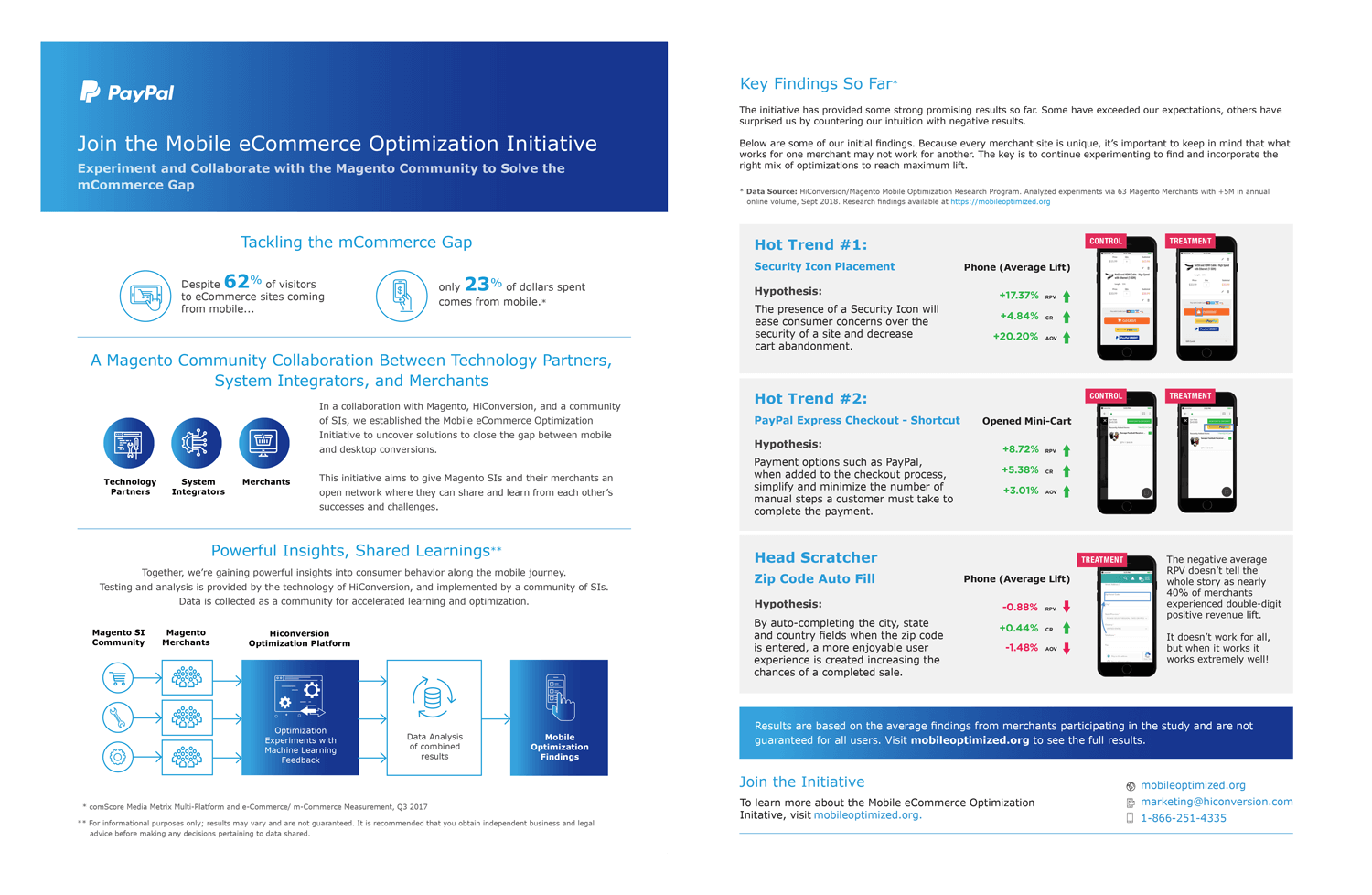
Paypal Mobile Optimization Initiative Sell Sheet
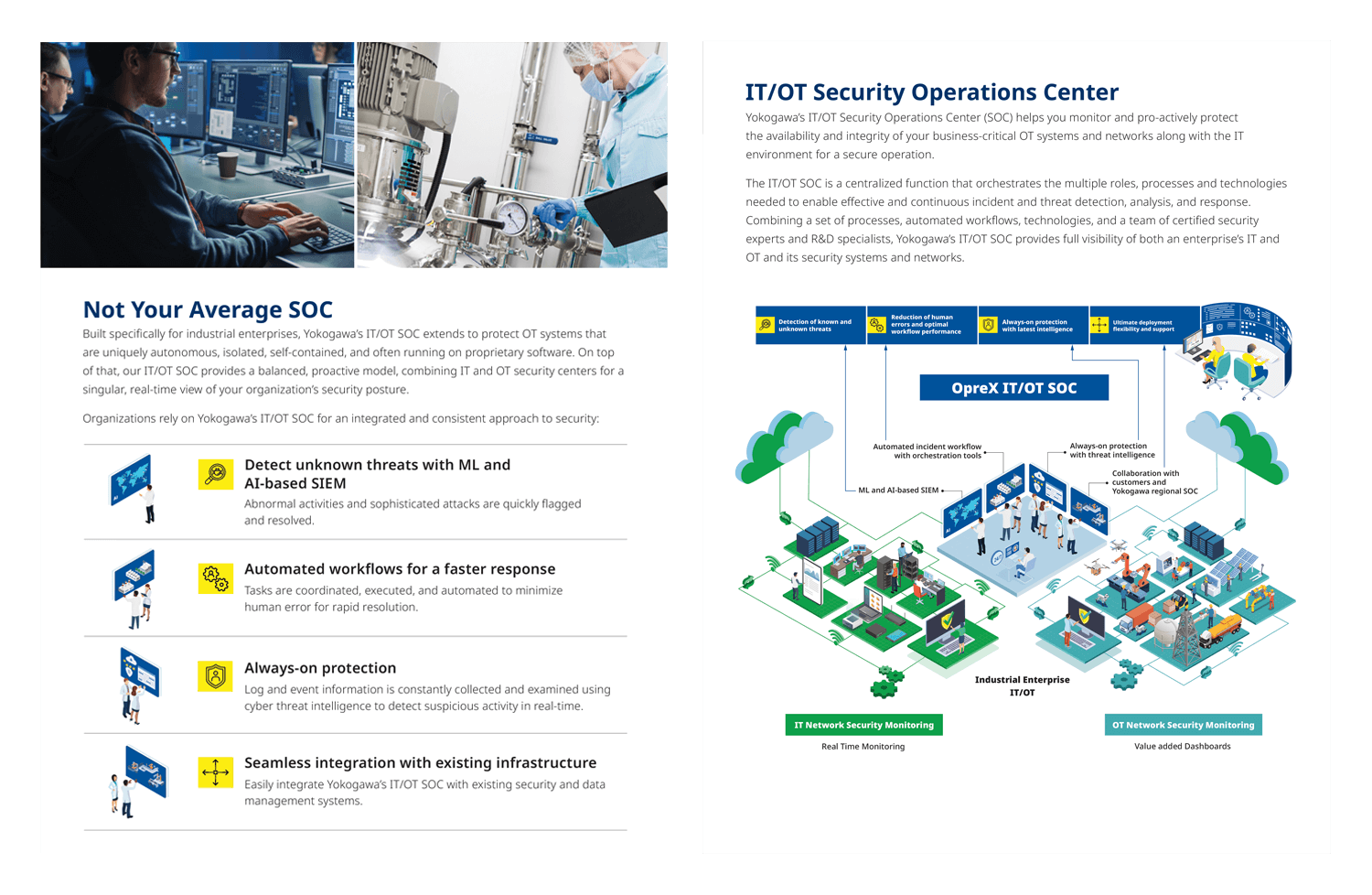
Decision-stage content gives buyers a “look under the hood” of your solution through assets like demo videos and technical reference architectures. They are most effective when tailored to a specific use case.
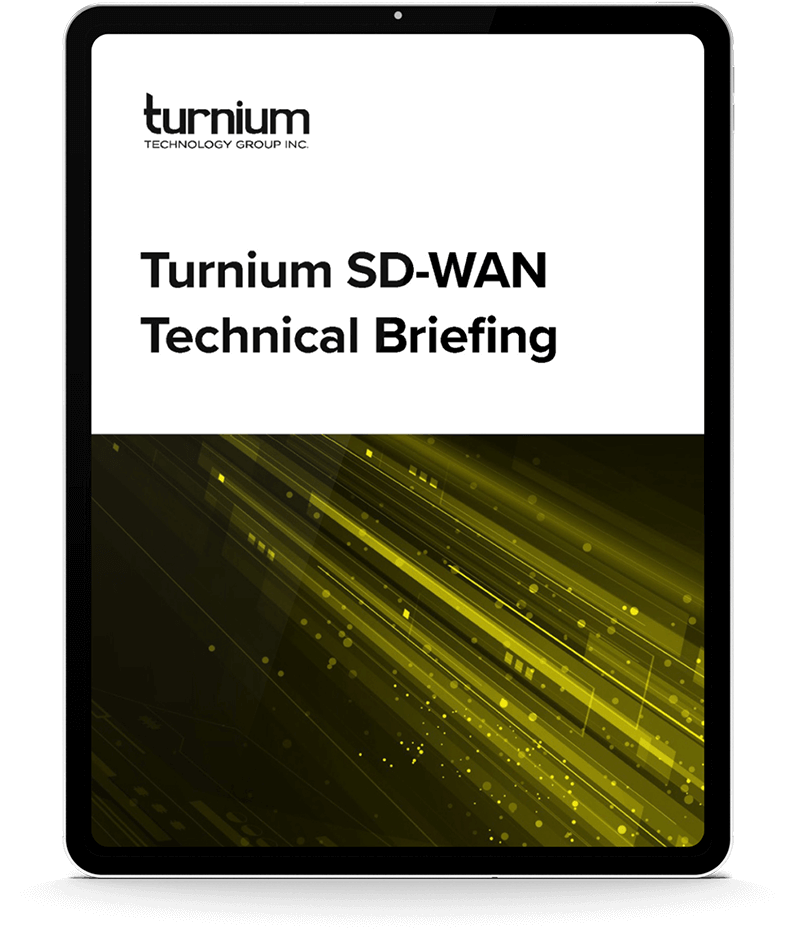
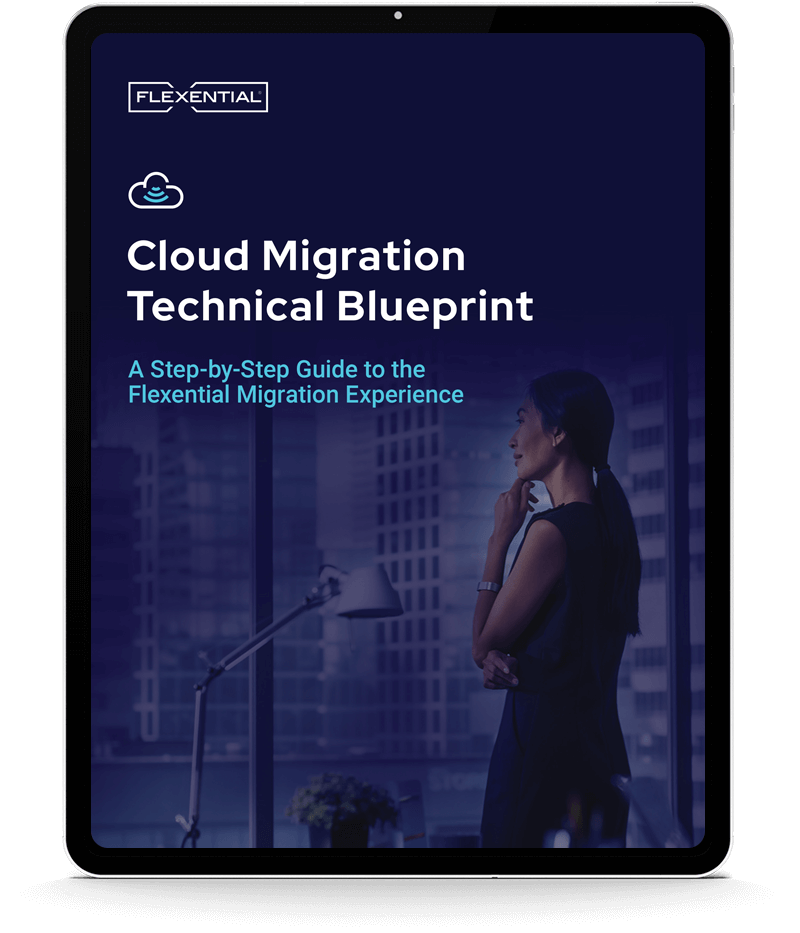
Flexential cloud migration blueprint
Retention-stage content plays a vital role in building long-term customer loyalty. This type of sales enablement content can include onboarding guides, how-to videos and blog posts, business reviews, and newsletters.
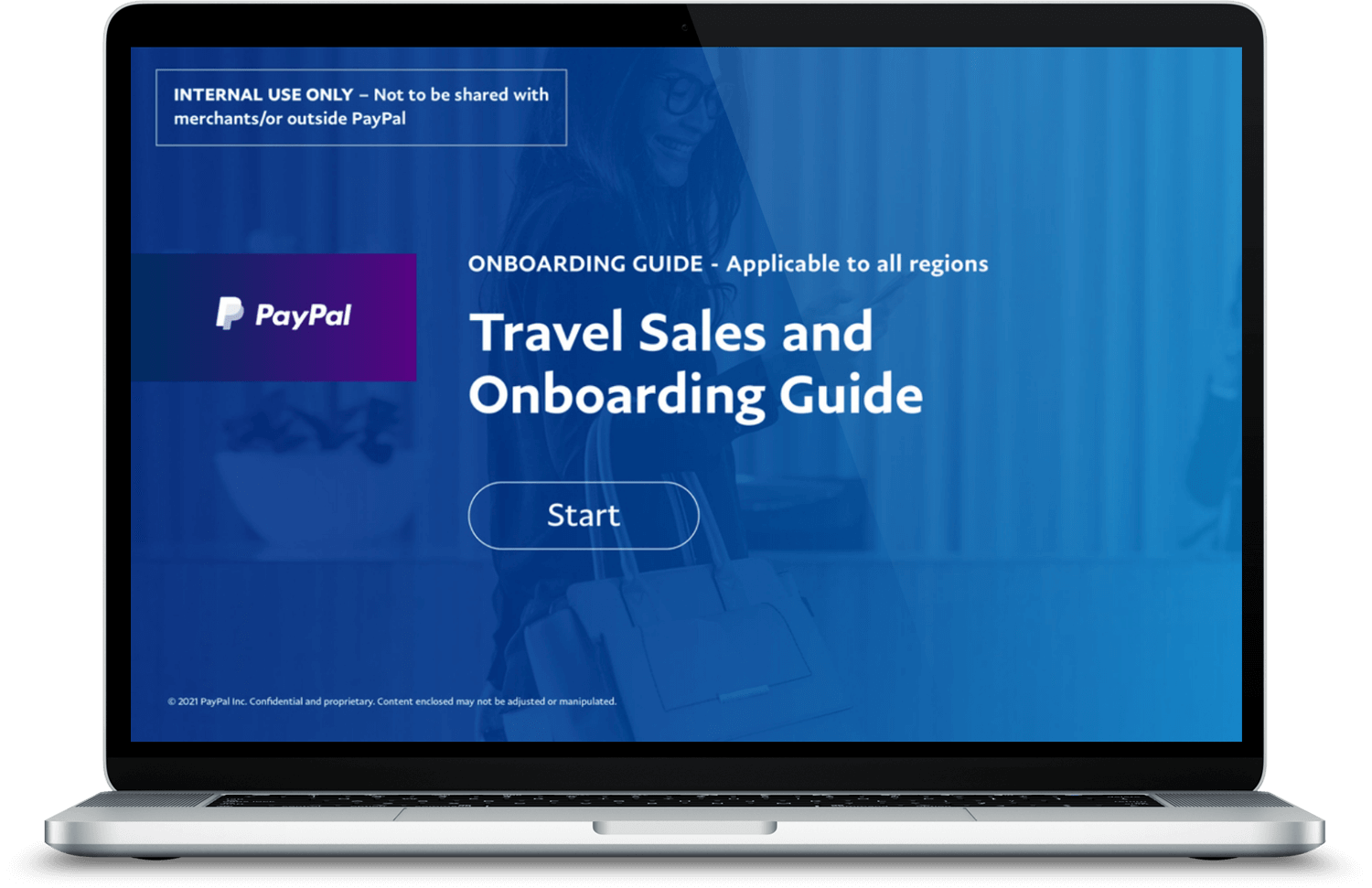
2. Sales-Facing Sales Enablement Content
Sales-facing sales enablement content is still about providing value to prospects and buyers — but in a different way. This type of content empowers sales teams with a deep understanding of their offering, their market position, their unique value proposition, industry trends, and buyer pains and goals so they can deliver an exceptional customer experience.
Cat Got Your Tongue?
48% of sales representatives have a hard time effectively communicating value to their prospects and leads.
What Does Sales-Facing Sales Content Look Like?
Competitive positioning tools like battle cards and cheat sheets give your sales team insights into how your competition is (or isn’t) connecting with its target audience.
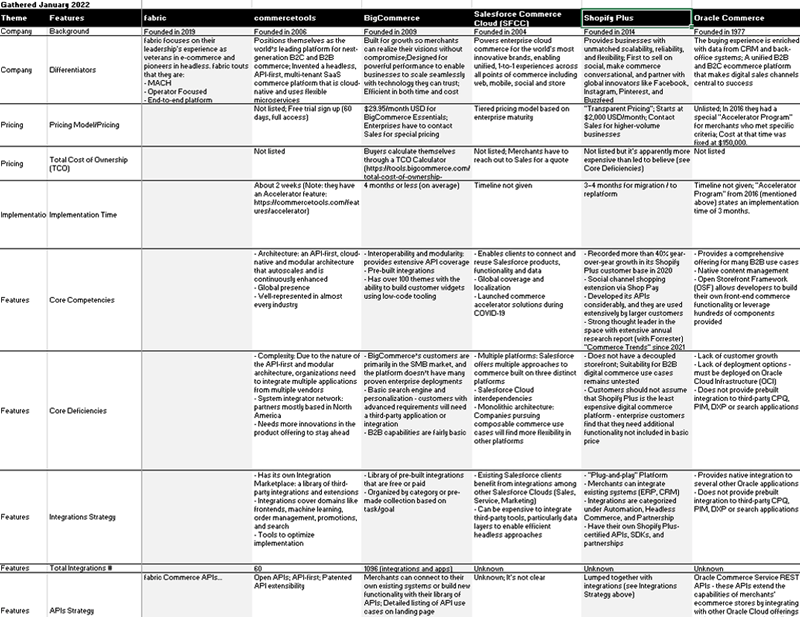
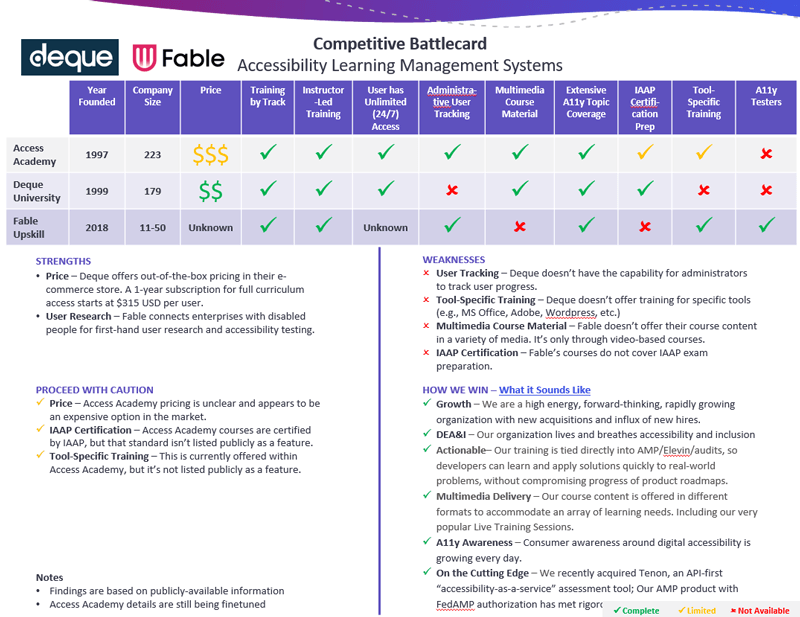
Level Access Competitive Analysis
Nurture emails are still one of the most effective tools for sales outreach. Half of marketers say that email marketing is their most impactful channel, providing a clear, effective way for sales teams to move leads down the funnel toward a deal.
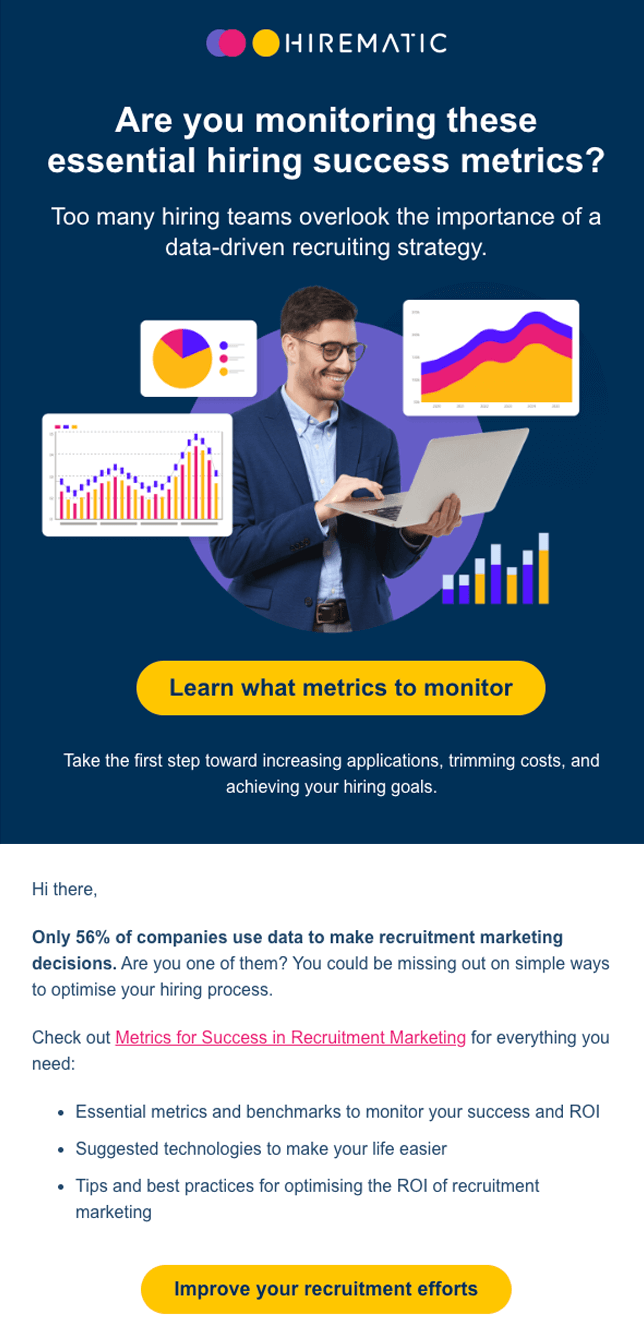
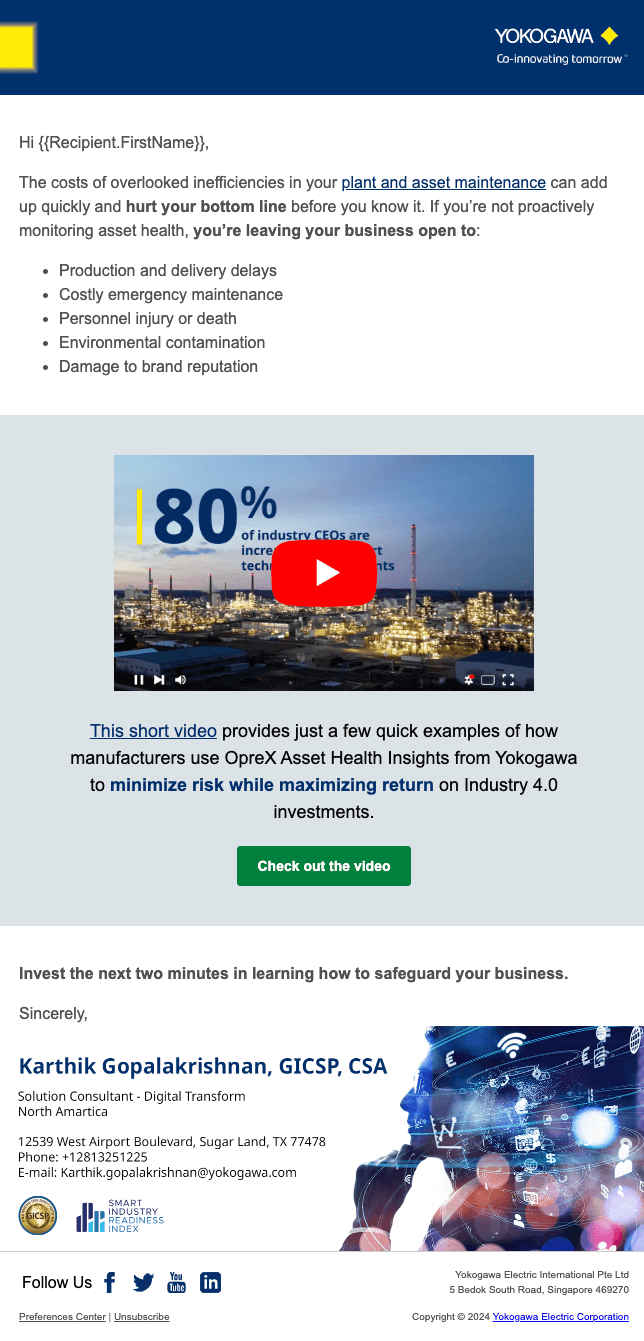
Yokogawa nurture email
Sales scripts are a prescribed set of talking points aligned to information the buyer has already consumed. They empower sales reps to provide new information that can help persuade prospects to make a final decision.
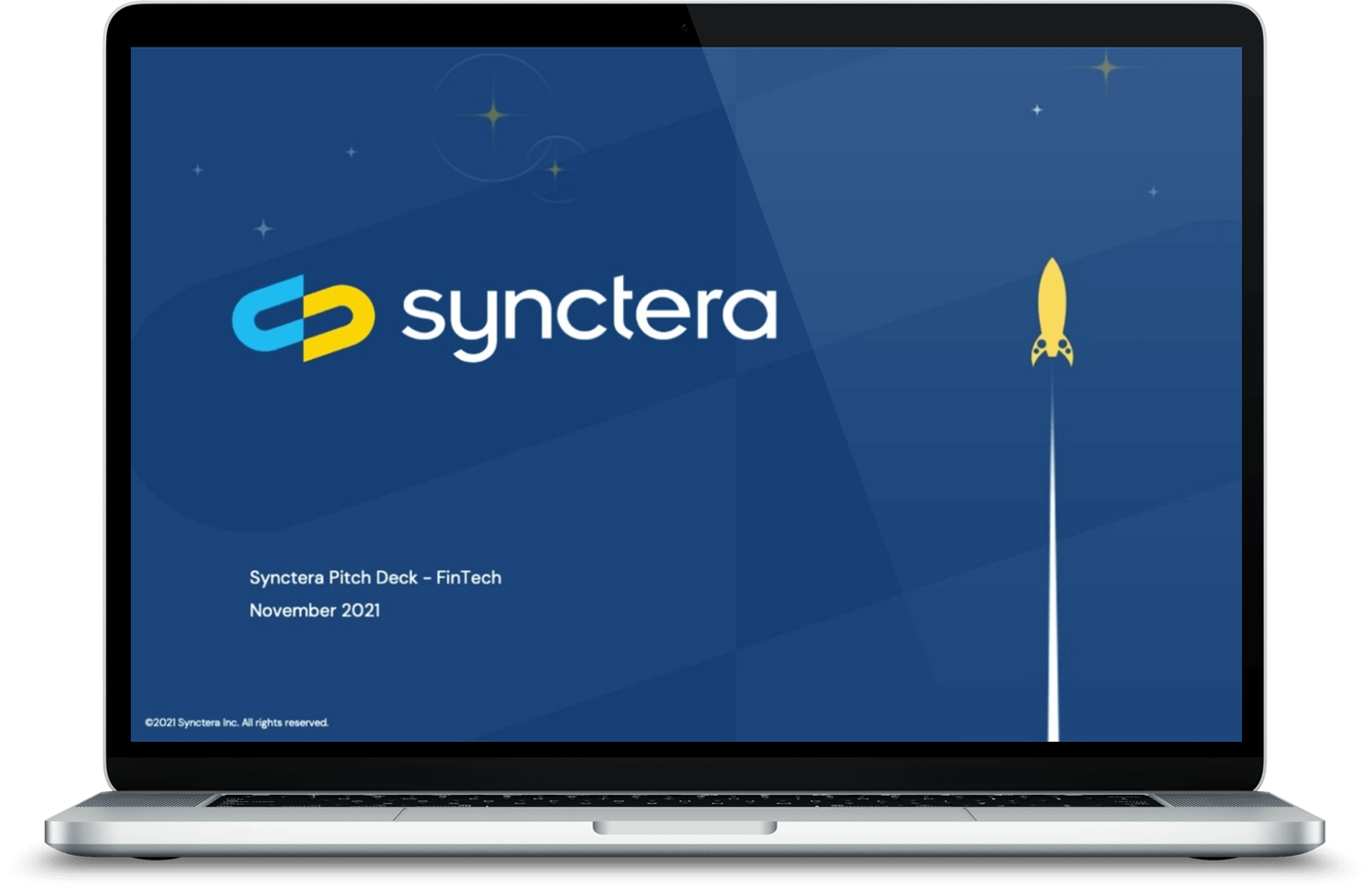
Proposal templates are a simple way to overcome that final hurdle sales teams face. A poorly composed or sloppy proposal can undo all your efforts earlier in the sales process, so arm your teams with templates and content snippets to use as needed.
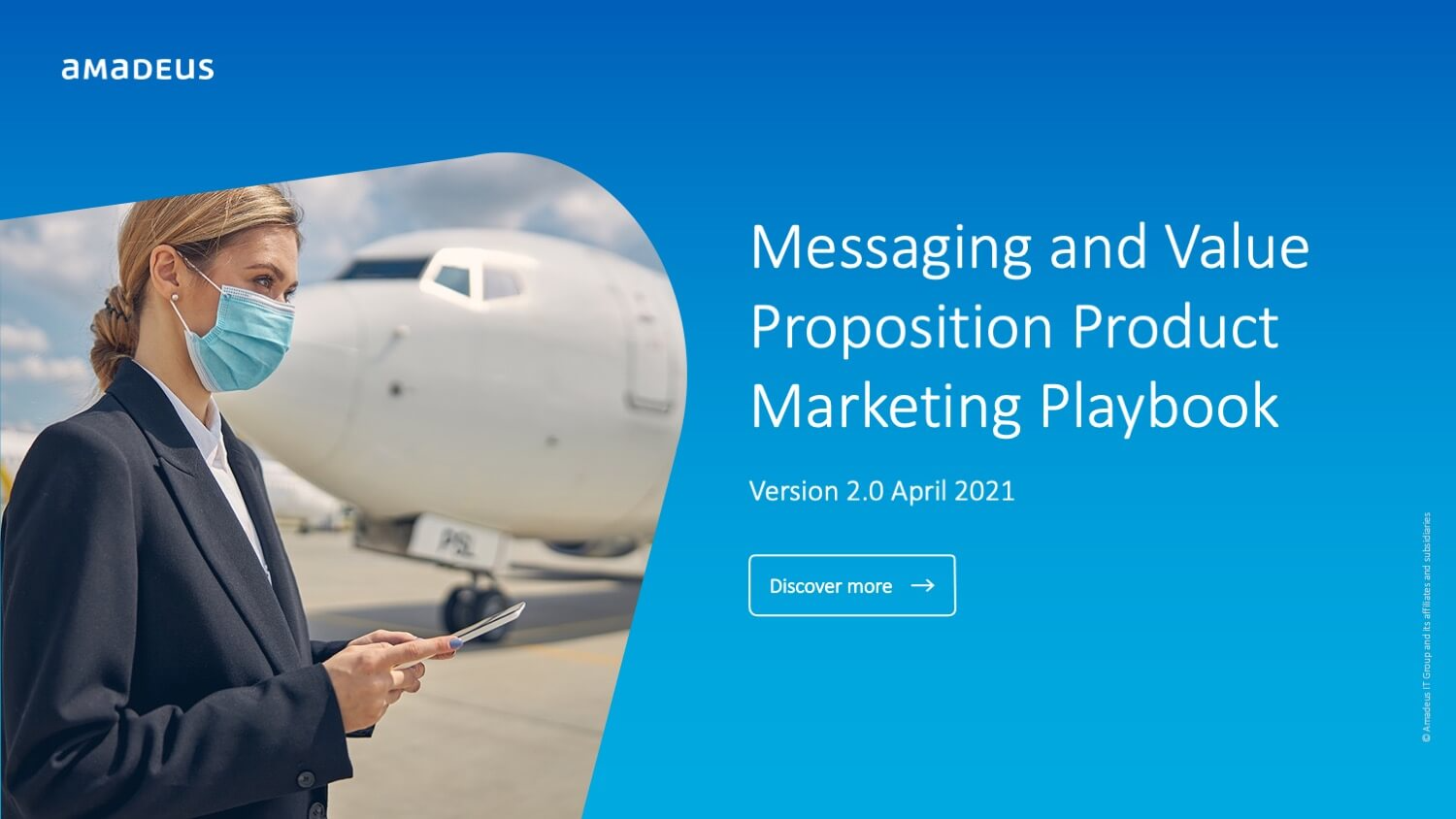
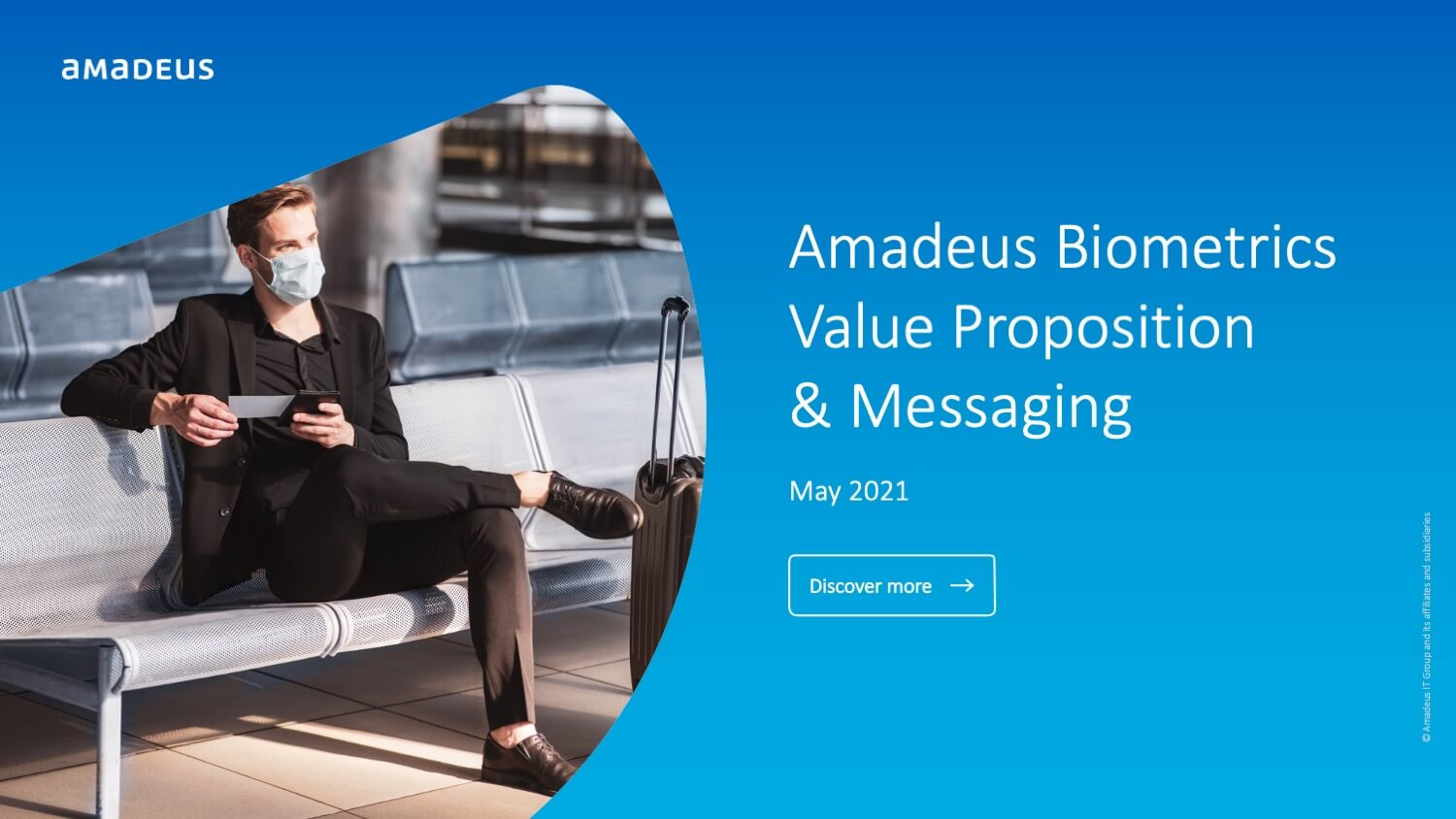
Amadeus Biometrics Value Proposition and Messaging Guide
Sales playbooks provide your sales representatives with a comprehensive how-to manual for closing deals. They cover everything from ICPs and personas to messaging, positioning, competitive analysis, and objection handling.
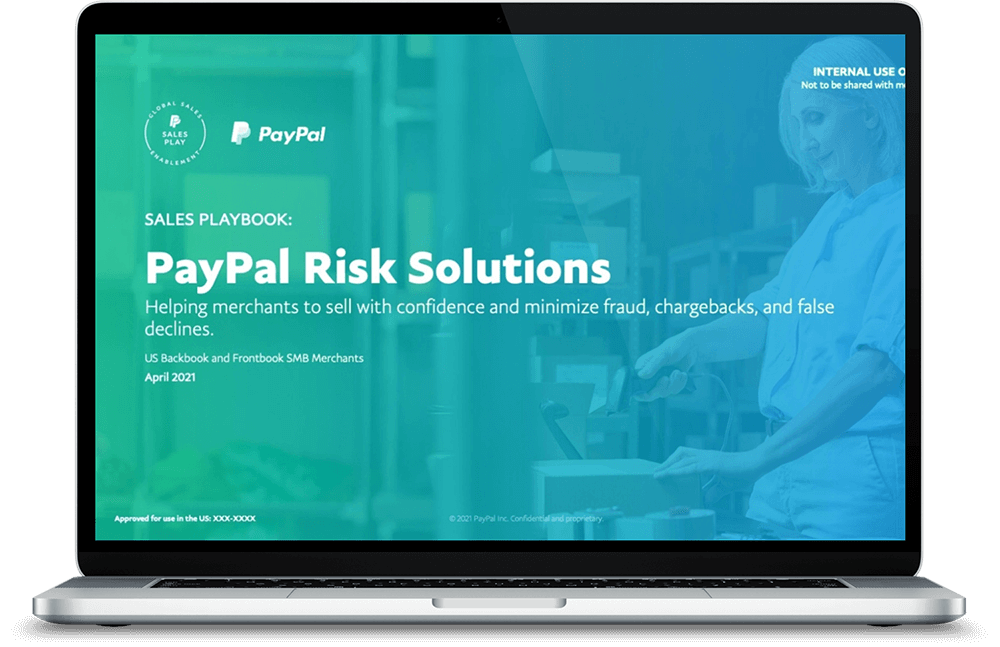
PayPal Sales Playbook:
Risk Solutions Guide for Merchant Sales
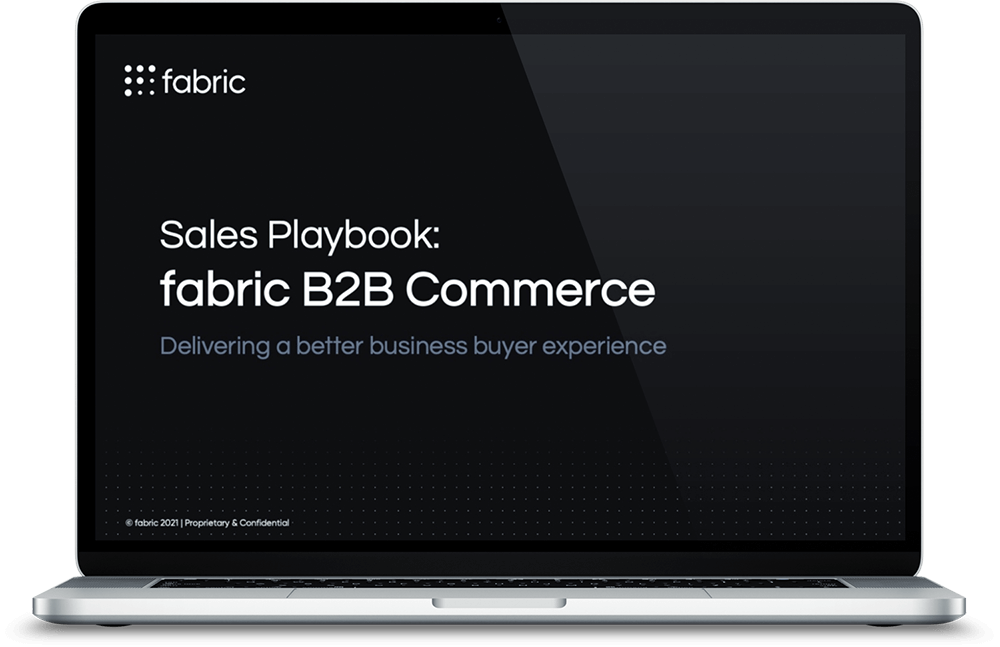
fabric Sales Playbook:
B2B Commerce for a Better Buyer Experience
Mapping Your Sales Enablement Content Strategy
Ideally, your organization should have sales enablement content to fit every use case and buyer journey stage. Not sure if you’ve got it all? Use this sales content map to identify gaps in your catalogue.

Keep Your Sales Enablement Content Fresh!
Because sales enablement content is created and managed by multiple teams, it can easily get out of control. Your marketing team creates and stores many assets in your CMS to track performance during lead-generation campaigns. The sales team downloads them to use in their own outreach — but often keeps circulating older versions long after marketing removes old material, creating an inconsistent experience for buyers. Tools like Highspot and Seismic can provide visibility across the entire sales content lifecycle to keep your marketing and sales efforts organized, aligned, and on brand.
Outsourcing the development of sales enablement content to expert third-party agencies can free up your team to focus on lead generation or other growth- and revenue-related tasks while allowing your sales enablement team (if you have one) to work on training strategies and performance metrics. TPM works with organizations of all sizes to help them shore up their sales enablement content strategy and processes. Contact us today to discuss what content would help ensure your lead-generation efforts don’t go to waste.
Enjoyed this read?
See our full collection of Sales Enablement blogs to close more deals, faster!
